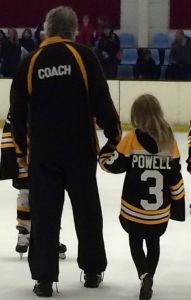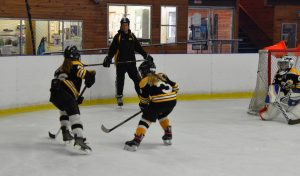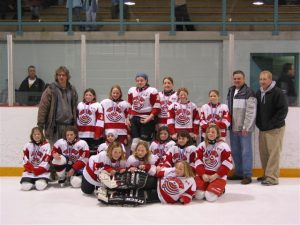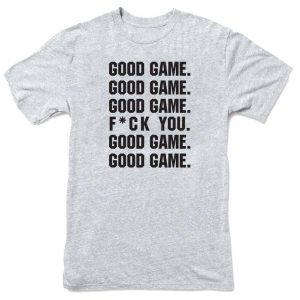Consumers in most developed countries have greater access to safer food than ever before, yet the issue of consumer perception on the safety of the food supply, the control infrastructure and existing and new process technologies is often not positive.
 A series of high profile food incidents, which have been ineffectively managed by both the regulators and the industry, and where there has been a failure to be open and transparent, have sensitised a proportion of consumers to scary stories about the food supply. There has been concomitant damage to consumer confidence in (i) the safety of food, (ii) the food industry’s commitment to producing safe food and (iii) the authorities’ ability to oversee the food chain.
A series of high profile food incidents, which have been ineffectively managed by both the regulators and the industry, and where there has been a failure to be open and transparent, have sensitised a proportion of consumers to scary stories about the food supply. There has been concomitant damage to consumer confidence in (i) the safety of food, (ii) the food industry’s commitment to producing safe food and (iii) the authorities’ ability to oversee the food chain.
Threats to consumers’ health and their genuine concerns have to be addressed with effective risk management and the protection of public health has to be paramount. Dealing with incorrect fears and misperceptions of risk has also to be addressed but achieving this is very difficult. The competencies of social scientists are needed to assist in gaining insights into consumer perceptions of risk, consumer behaviour and the determinants of trust.
Conventional risk communication will not succeed on its own and more innovative and creative communication strategies are needed to engage with consumers using all available media channels in an open and transparent way. The digital media affords the opportunity to revolutionise engagement with consumers on food safety and nutrition-related issues.
Moving from risk communication to food information communication and consumer engagement
Npj Science of Food 2
Patrick Wall and Junshi Chen












